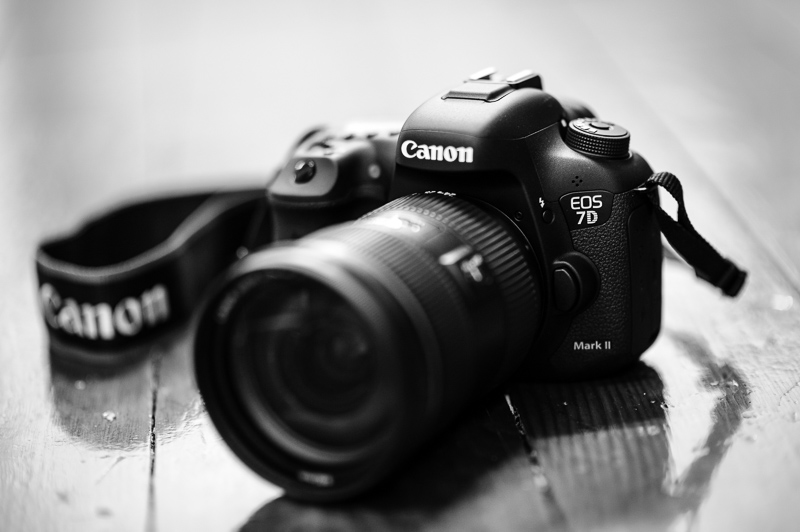If you like this post, help us share it
Those who are still using a five years old Canon 7D will be pleased to see the arrival of the Canon 7D mark II. Five years is a long time for camera upgrade, technology has vastly advanced and higher specs can be produced in a much lower cost. There is absolutely no reason not to get the Canon 7D II unless you want to move on to full frame. Just about all aspects of the camera have been improved on the 7D II. Check out the improved features.
- 20 MP APS-C sensor
- 100-16000 base ISO
- HD 1080 video @60p
- 65 cross type AF with center double cross AF
- On-sensor phase detection
- 3” 3:2 1036K dot LCD
- 10 fps
- Larger buffer
- 150,000 RGB + IR pixel metering sensor
- Dual Digic 6 processors
- Dual CF/SD slot
- Larger capacity battery up to 650 photos
- Built in GPS
The Canon EOS 7D Mark II is available to order here
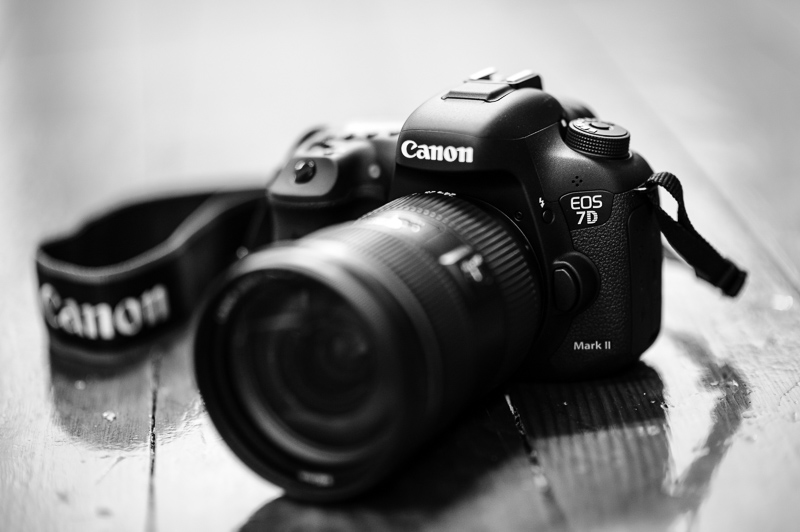
First there are some new changes to the ergonomic design. The mode dial has received a locking mechanism which is useful if you turn the camera on and off often. I have always found Nikon pro DSLRs (D810 and above) without a mode dial a better design. At the back, there is a new thumb lever located around the joystick, I find it easier to access than the wheel dial as it is closer to the rest position of my thumb. The new 7D II has received a better constructed magnesium alloy body with much improved weather-sealing. It is said to be on par with the 5D III build quality, but I don’t intend to shoot in the rain even though the camera can. The 7D II adds a build in GPS which is useful for some travel photographers, but as it consumes quite a bit of power it is normally disabled. Instead, I use the iPhone to log my location and then sync to the images later.
While the Canon 7D II just arrived recently, so there is no in-depth review yet. But I took it to a photos hoot last week to get a first impression.
Throughout the shoot, I swapped between 5D III and 7D II and haven’t noticed much difference apart from the weight and crop factor. Side by side with the 5D III, it felt about the same size in the hand. The ergonomic design and button placement are very much like the 5D III with an exception that there is a new thumb lever located around the joystick which by default is used to toggle different AF modes. The first thing I have noticed with the 7D II is how quiet the shutter is even in the normal mode. The quiet mode takes it even further, turning it into one of the quietest DSLRs around. I have noticed you can now set exposure compensation in M mode. This is not new in the Nikon camp but Canon has finally got this implemented. Obviously you need to have auto ISO enabled to use this function.
One of the most significant advancements with the 7D II has to be the AF system with all 65 AF points being cross type and on-sensor phase detection. This means auto focus is much faster for both still and video. I certainly did notice a faster AF speed, it felt as good as the 5D III if not better. I didn’t get much opportunity to check out the AI Servo mode yet, but when I do I will report back. I had a quick go at the HD video, the AF in video mode was surprisingly responsive, it was able to focus track the subject smoothly as I move around.
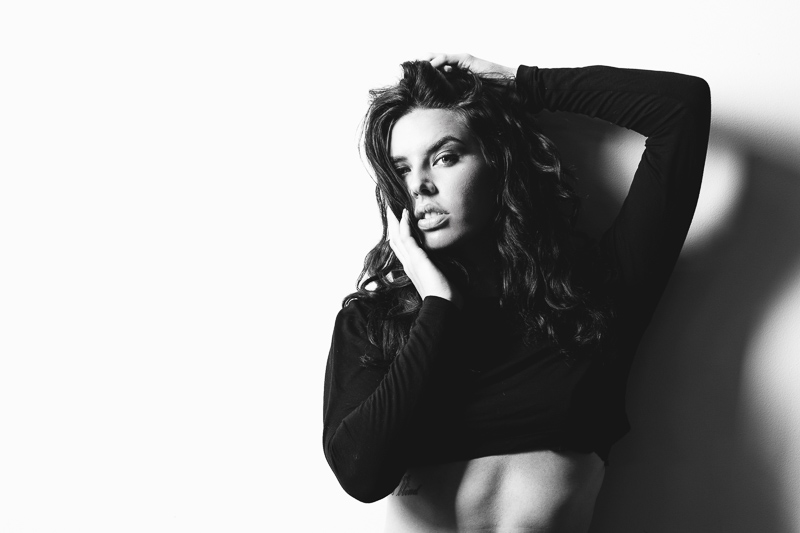
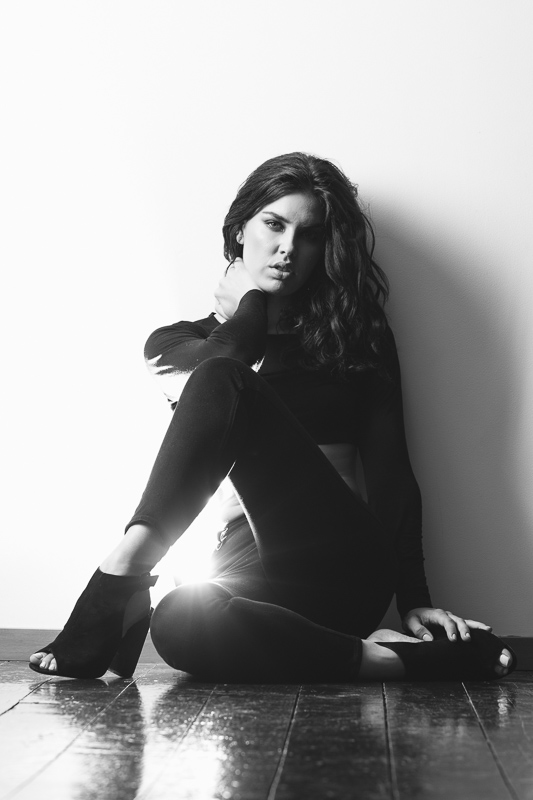
The base ISO has expanded to 16,000 increased by 1.5 stop, so expect ISO improvement by the same amount from the new 7D II. I haven’t tested out the high ISO performance yet, but with an APS-C sensor, I would be comfortable to shoot up to ISO 1600, anything higher I will need to watch out. Through the viewfinder, I have noticed there is a flicker warning that’s keep flashing. It is apparently a new feature that allow for more reliable exposures when shooting under sodium- and mercury-vapor lights found in sports arenas. It is quite an ingenious feature if you need it, but often quite annoying so I have disabled it.
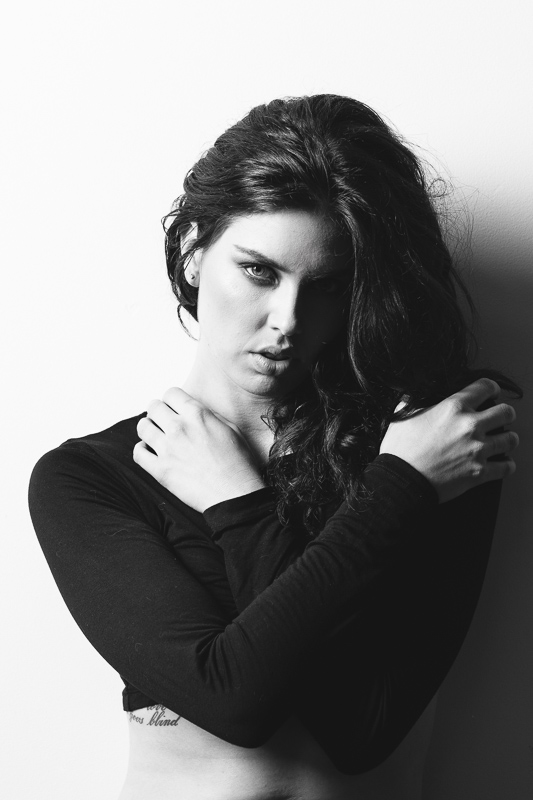
The Canon 7D II is currently priced at $100 less than the Canon 6D, unless you are thinking to move to full frame, the 7D II is the best cropped sensor DSLR from Canon. It performed solidly during the photo shoot without any issues. AF, handling and image quality were superb. It didn’t feel anything less when shooting along side with the Canon 5D III. The only down side I can think of so far is its battery life. It is rated for up to 650 photos which is a bit low for any professional use. You can order your Canon EOS 7D Mark II here.
Finally, check out a short clip of the Canon 7DII at 10 fps (click on the image).
Where can I find the equipment seen on this site?
If you find this site useful and planning to purchase any of the equipment seen on this site, please show your support by purchasing your photo equipment at B&H Photo Video, or through any of the affiliate links seen on this site.


